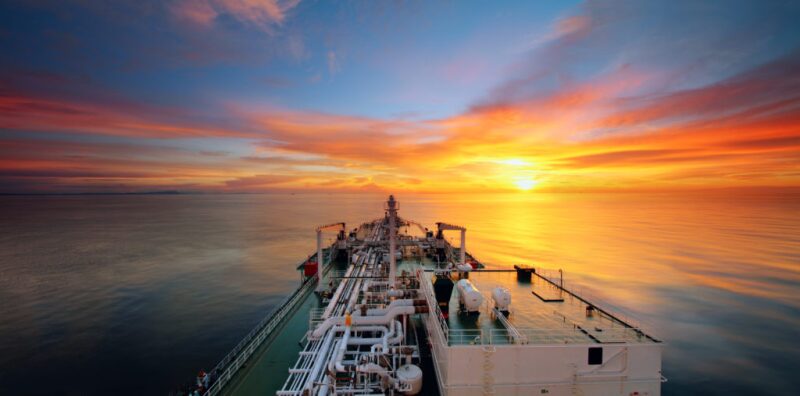The LNG sector stands at a crossroads, and the industry must adopt new thinking to address current and future needs of buyers, sellers, and consumers both globally and regionally. So says a new report, “The LNG Era Takes Shape,” from industry technical advisor DNV GL.
As natural gas moves to take over oil as the world’s primary energy source, the role of LNG is growing more important in global energy markets. However, its sustained ability to meet a rapid evolution of demand and supply will depend on growing infrastructure. And, that will depend on bridging the divergent interests of buyers and sellers and addressing global gas supply diversification, commoditization, and political risk.
According to the report, the vast majority (85%) of LNG professionals believe more investment in LNG infrastructure is needed—including initiating several new projects in 2019—to ensure supply can meet demand after 2025. However, more than two-thirds (69%) believe price uncertainty is limiting investment in megaprojects. Much of that uncertainty can be attributed to the sometimes-competing needs of buyers and sellers. Three-quarters (72%) of respondents to the DNV GL survey of senior LNG professionals said buyers need more flexible contracts in which volumes can be reduced, tenures shortened, and delivery locations changed, to protect against risk, while sellers said they need long-term cash flow certainty to support major investments.
Image
Report Highlights
Several key findings from the DNV GL report are highlighted below.
Global LNG export capacity will increase by 45% between 2017 and 2022, with 90% of this capacity coming from already-sanctioned projects in the US and Australia.
Historically, global gas supply was dominated by Russia and Norway, through pipelines, and Qatar, through LNG. Since 2014, competition has grown more intense from new sources of gas, including US shale and Australia offshore. The US is expected to deliver the biggest growth in LNG exports over the next 3 years, and other nations, including Colombia, Canada, Mozambique, Senegal, and Mauritania, are also initiating or expanding investment in LNG export capacity.
There is ample scope for LNG and pipeline gas to grow simultaneously, but LNG will expand at a faster rate.
Floating LNG (FLNG) is growing as the future appears to favor smaller vessels that are less expensive to build and operate, faster to deploy, and effective at exploiting smaller volumes of stranded gas and at serving the many markets wanting to purchase smaller volumes.
More than half of survey respondents believe operators will outsource lease-critical field development assets, including FLNG vessels, in 2019.
The People’s Republic of China is on track to become the world’s largest gas-importing country, driven largely by demand growth generated by the government’s “blue sky” policies aimed at reducing fossil fuel (e.g., coal) emissions and improving air quality.
Sinopec plans to build new infrastructure that will double China’s LNG receiving capacity over the next 6 years.
Other emerging economies that will drive increased demand for LNG include the Indian subcontinent, Sub-Saharan Africa, Southeast Asia, Australia, and Korea.
As demand for natural gas in Europe remains stable while local production declines, geopolitics will favor LNG over Russian pipeline gas.


